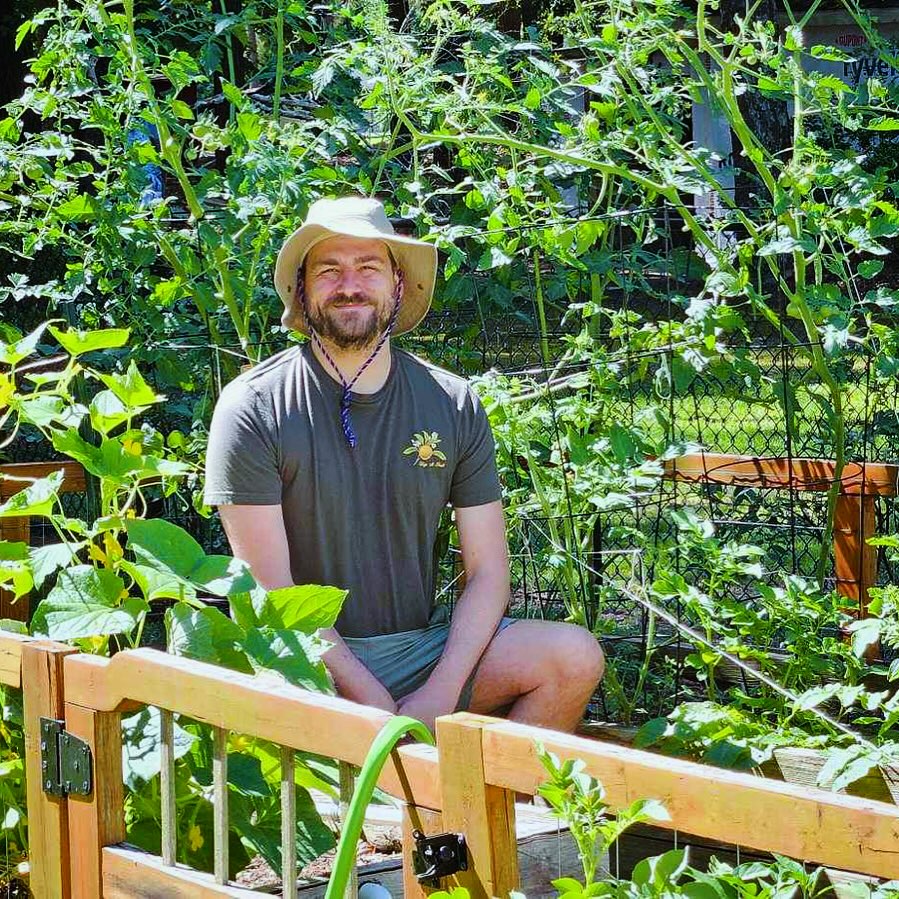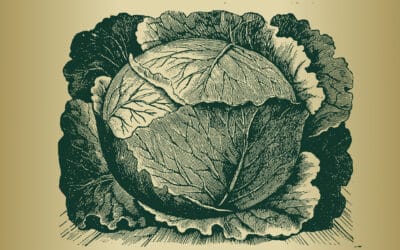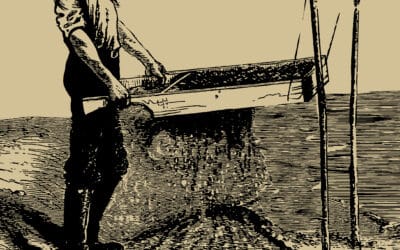Gardening in clay soil presents a big challenge due to its compact nature, which slows down water penetration and drainage.
This leads to waterlogged conditions during rainy periods and hard, dry conditions during droughts, severely limiting root growth and making it difficult to nurture a growing garden.
The solution to overcoming these problems lies in the effective application of soil conditioner for clay soil. This guide provides insights into organic options and practical tips for transforming problematic clay soil into a productive garden.
TL;DR
We aim to:
-
- Explore the compact, nutrient-packed characteristics of clay soil, while acknowledging its drawbacks, such as suboptimal drainage and air flow.
- Showcase the remarkable ability of soil conditioning to alter clay soil’s texture, making it a more welcoming environment for plant growth.
- Elaborate on the advantages of integrating organic substances like compost, manure, and leaf mold to boost aeration and water retention in the soil.
- Examine the application of targeted Soil Conditioners for Clay Soil, such as gypsum, designed to alleviate soil compaction without modifying the soil’s acidity levels.
- Emphasize soil conditioning as a holistic approach for creating a vibrant, flourishing garden by improving soil health.
Understanding Clay Soil
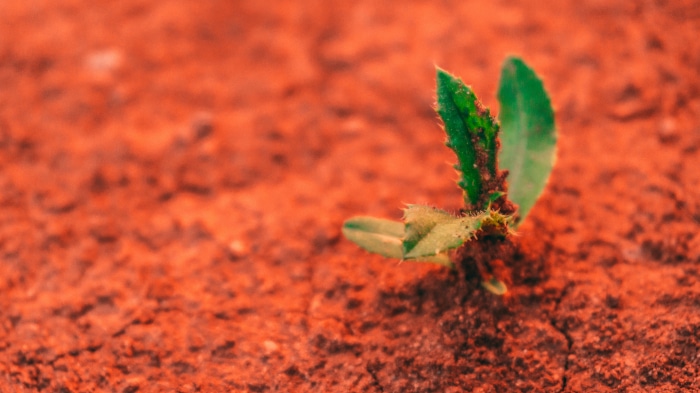
A small plant sprouting in red, clay-rich soil, underscoring the transformative effect of “Soil Conditioner for Clay Soil” on challenging terrains.
Benefits of Soil Conditioner for Clay Soil
The magic of soil conditioning lies in its ability to fundamentally change the soil’s physical properties. Unlike fertilization, which targets the soil’s chemical needs by adding nutrients, conditioning focuses on enhancing the soil’s structure and improving its overall health and vitality.
This holistic approach ensures that the soil can support plant life not just in the short term but for seasons to come.
Soil conditioner for clay soil comes in various forms, each serving a unique purpose. Organic conditioners like compost, manure, and leaf mold introduce beneficial microorganisms and organic matter that help break down clay soil fast.
They improve the soil’s aeration, allowing roots to breathe and water to drain more efficiently. This organic matter also acts like a sponge, retaining moisture during dry periods and releasing it when the plants need it, ensuring a consistent water supply.
In addition to organic matter, other conditioners like gypsum or sand can be introduced to tackle specific issues associated with clay soil. Gypsum, for example, doesn’t alter the soil’s pH but works to improve soil structure by causing clay particles to clump together and settle.
This action creates larger pores for better water movement and root growth. Sand, while less commonly recommended due to the risk of turning clay into a concrete-like texture if not used correctly, can in some contexts improve drainage when combined with organic matter.
Conditioning clay soil sets the stage for a vibrant, flourishing garden. It makes nutrients more accessible to plants, enhances root development, and ensures that water neither stagnates nor drains away too quickly.
With conditioned soil, gardeners can look forward to healthier plants, more bountiful harvests, and a garden that’s resilient against the challenges posed by nature.
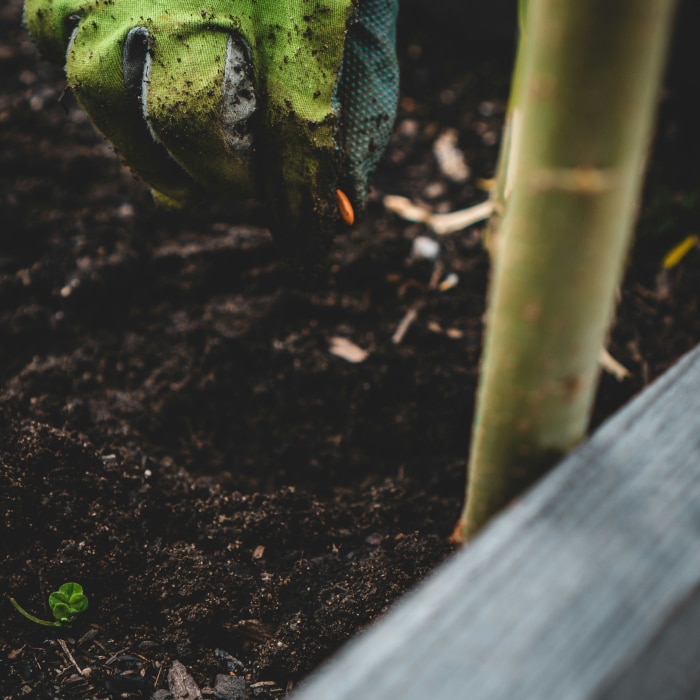
A gardener’s hand, immersed in the act of enriching the earth, symbolic of applying “Soil Conditioner for Clay Soil” to nurture plant growth.
Organic Matter and Its Magic
The Role of Cover Crops
Cover crops, including legumes and grasses, play an important yet often underappreciated role in gardening. Their roots penetrate deep into the soil, naturally aerating and breaking up dense clay while contributing organic matter during their decomposition process.
My experience with planting clover and rye during the garden’s off-season has not only led to enhanced soil structure but also maintained a healthy, green appearance in the garden, even outside of peak production times.
This strategy shows the benefits of using Soil Conditioner for Clay Soil, showcasing how cover crops can significantly improve the health and aesthetic of a garden by amending the soil’s physical properties.
Mulching for Moisture and Aeration
Mulch serves as a safeguarding layer over soil, with shredded leaves being my preferred choice for mulching material. They do more than just suppress weeds; as they decompose, they enrich the soil with vital nutrients. In my second year of dealing with clay soil, I applied a heavy layer of mulch using leaves gathered from my property.
This approach markedly enhanced the soil’s moisture retention and texture. This method aligns with the principles of using Soil Conditioner for Clay Soil, illustrating how mulch, particularly organic varieties like shredded leaves, can play an important role in ameliorating clay soil conditions, leading to improved soil health and gardening success.
Soil Conditioner for Clay Soil: Gypsum and Beyond
Gypsum stands out as a necessary element in the amendment of clay soil. Its distinct advantage lies in its ability to break down clay, enhancing drainage and root penetration without altering the soil’s pH—a common concern with other conditioners.
In my endeavors to improve clay soil, I also experimented with incorporating sand and rice hulls. Each addition offered unique benefits in loosening the soil and fostering better plant growth.
This multifaceted approach underscores the effectiveness of using Soil Conditioner for Clay Soil, demonstrating how gypsum, alongside other materials like sand and rice hulls, can significantly ameliorate clay soil conditions for optimal gardening results.

Lush Balansa Clover, a cover crop used for enhancing “Soil Conditioner for Clay Soil,” vividly illustrating its role in aerating and enriching garden soil.
Practical Tips for Applying Soil Amendments
Conclusion



